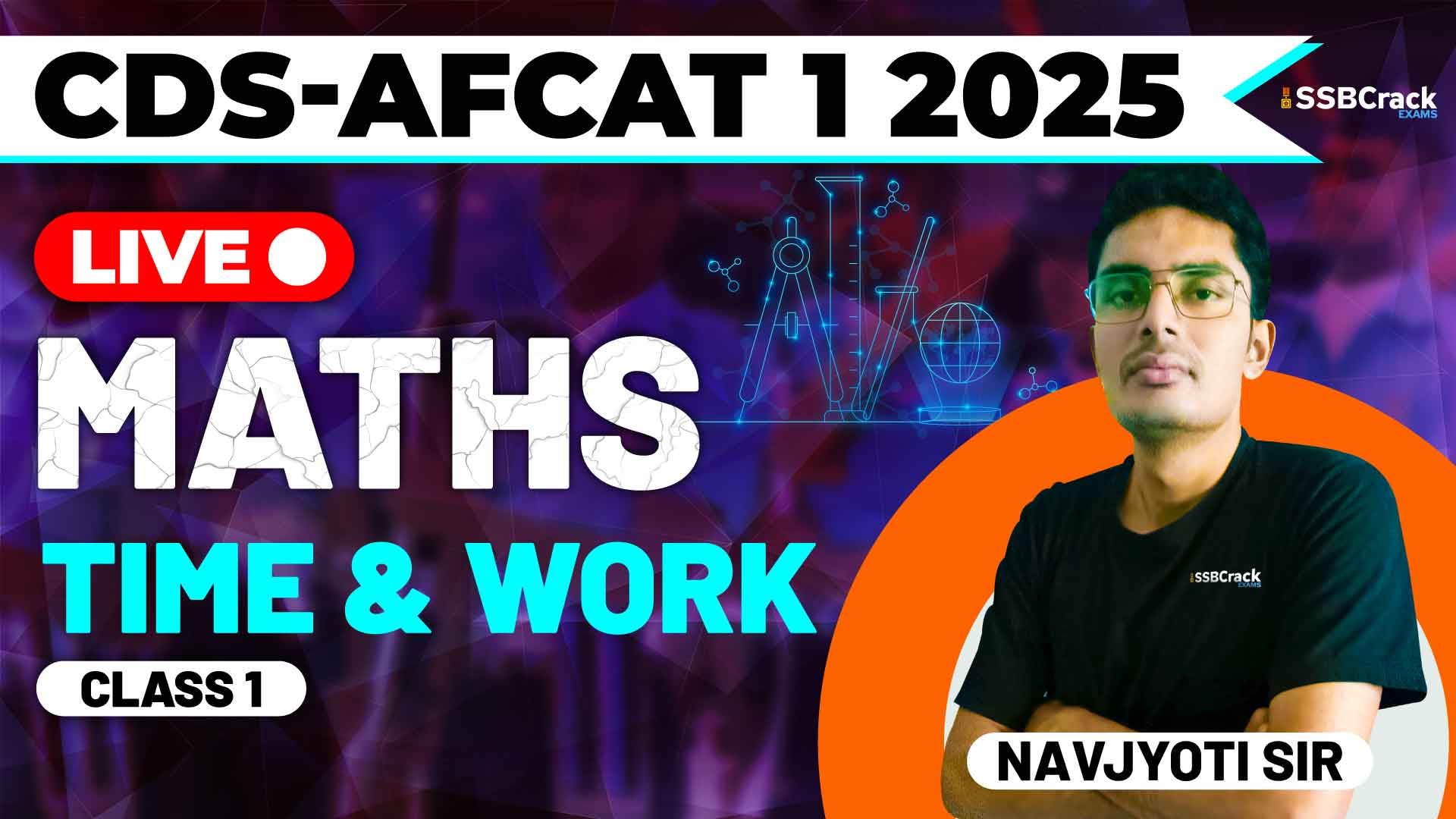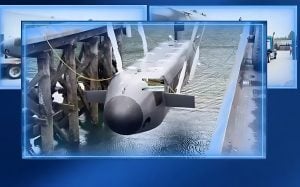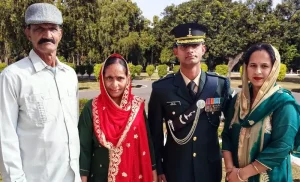In competitive exams like the Combined Defence Services (CDS) and Air Force Common Admission Test (AFCAT), the mathematics section can be a game-changer. Among the crucial topics covered in these exams is Time and Work, which often appears in the form of straightforward problems or more complex scenarios like pipes and cisterns. A recent class provided a comprehensive overview of this topic, with an emphasis on breaking down its core concepts and applying them to various problem types.
In this blog, we will discuss the key points covered in the class and offer strategies to help candidates effectively prepare for Time and Work-related questions in the CDS and AFCAT exams.
Core Concepts of Time and Work
Time and Work problems revolve around understanding how different entities (people, machines, or pipes) can complete a task, and how long it will take them to do so based on their individual efficiencies. Let’s break down the key subtopics discussed in the class.
1. Basic Time and Work Concept
At its simplest, Time and Work problems deal with calculating how long it will take for a person or group of people to complete a task. The relationship between time, work, and efficiency is essential. If a person can complete a task in a certain amount of time, their efficiency is inversely proportional to the time taken. Similarly, if two or more people are working together, their combined efficiencies add up, allowing them to finish the task faster.
In the class, several MCQs were discussed where candidates were asked to calculate how long a task would take if multiple workers or machines worked simultaneously. The emphasis was on understanding the relationship between the rate of work and time, and how to approach these questions in an exam.
2. Work Done by Multiple Entities
A common variation in Time and Work problems involves multiple workers or machines working together, either from the start or joining in at a later time. These problems require candidates to calculate the total work done by each entity and combine their efforts to find the overall time taken.
The class focused on scenarios where workers with different efficiencies contribute to completing the work. One example was two people starting a task together but one leaves midway, and the other completes the remaining task. Problems like these test not only mathematical skills but also logical reasoning.
3. Pipes and Cisterns
Pipes and cisterns are a classic extension of Time and Work problems. Instead of workers completing a task, the focus here is on pipes filling or emptying a tank. Pipes that fill the tank act like workers doing a task, while pipes that empty the tank work in the opposite direction, reducing the work done.
The class explored how to handle problems with multiple pipes working simultaneously—some filling and some emptying—and how to calculate the net effect of their work on the time taken to fill or empty the tank. One challenging aspect covered in the class was dealing with pipes that open and close at different times, adding complexity to the problem.
4. Negative Work (Leakage)
Some problems introduce negative work, such as a pipe that leaks water out of a cistern while other pipes are filling it. This concept is analogous to workers who reduce the amount of work done, and it introduces the challenge of balancing positive and negative work to determine how much time it takes to complete the task.
In the class, MCQs focused on problems involving leaks, where students had to calculate the time required for a tank to fill or empty with both filling and leaking pipes active. The key takeaway was understanding how to subtract the work done by the leaking pipe from the work done by the filling pipes.
Strategies for Solving Time and Work Problems
Mastering Time and Work problems requires a blend of conceptual understanding and problem-solving speed. Here are some strategies, discussed in the class, that will help candidates excel in these questions during the CDS and AFCAT exams.
1. Understand Basic Concepts First
Before tackling advanced problems like pipes and cisterns or multiple workers joining and leaving, make sure you have a solid understanding of the basic relationship between work, time, and efficiency. Get comfortable with the idea that if a person can complete a task in a certain amount of time, their efficiency is a fixed fraction of the work.
2. Practice the Unit Method
The unitary method is a powerful tool in Time and Work problems. It involves breaking down a problem into smaller, more manageable steps by calculating how much work one person (or pipe) can do in one unit of time. From there, you can multiply or divide based on how many people or units of time are involved.
The class emphasized using the unit method to simplify even the most complex problems. This approach is especially helpful when dealing with pipes and cisterns, as it allows candidates to work out how much of the task each pipe contributes.
3. Use Efficiency-Based Approaches
An alternative strategy is to focus on the efficiency of each worker or machine, expressing work done in terms of the rate of work (e.g., how much of the task a person or pipe completes per unit of time). By adding up the efficiencies of all workers, you can calculate the total time taken for the task.
This method was particularly useful in solving MCQs where multiple workers with different efficiencies had to complete a task together. By expressing everything in terms of efficiencies, candidates can quickly see how the total time decreases as more workers are added.
4. Focus on Pipes and Cisterns Problems
Pipes and cisterns problems can be tricky, but they follow the same basic principles as regular Time and Work problems. The key difference is that pipes can either add to or subtract from the work done. Practice these problems frequently, as they are a favorite in competitive exams. Make sure to pay attention to pipes that open or close at different times, as these require more careful calculations.
5. Understand the Concept of Negative Work
Negative work, such as leakage in pipes and cisterns, can confuse many candidates. To tackle these questions, make sure you subtract the effect of the leaking pipe from the total work being done by the filling pipes. This method is essential to solving such problems correctly and efficiently.
6. Solve Previous Year Questions
The class discussion highlighted the importance of solving previous year questions. This helps candidates familiarize themselves with the types of questions asked, the difficulty level, and the most frequently tested concepts. By practicing previous years’ papers, candidates can also improve their speed and accuracy, both of which are critical in competitive exams.
7. Practice with Timed Mock Tests
Time management is key in any competitive exam. Regular practice with timed mock tests will help you improve your speed, as well as your ability to prioritize easier problems over more complex ones. The class recommended setting aside dedicated time each day to solve mock tests, as this builds both confidence and exam-taking stamina.
Conclusion
Time and Work problems, along with their extensions such as pipes and cisterns, are an integral part of the mathematics section in CDS and AFCAT exams. While the concepts may seem straightforward, they often require a combination of mathematical skills and logical reasoning. The class provided a solid foundation for approaching these problems, focusing on real exam questions from previous years and likely variations for future exams.
By mastering the fundamental concepts, practicing various problem types, and applying time-efficient strategies, candidates can approach Time and Work questions with confidence. Remember to focus on understanding the logic behind the problems, and with regular practice, solving these types of questions will become second nature.
With consistent effort, this topic can become one of the strengths in your exam preparation, contributing significantly to your overall score in the mathematics section of the CDS and AFCAT exams.
Good luck with your preparation!



















